Software Update: 5 Next-Level Applications of Technology in Found Footage Horror

To stay current and mainstream, found footage has had to adapt. Endless shaky cam sequences and characters constantly filming when they should be running wasn’t going to keep audiences interested. New technologies helped reinvent and recontextualize the tropes of found footage to prevent them from growing stale. Innovations in camera equipment, breakthroughs in virtual interaction, and stealth advertisements for burgeoning corporate tech all contributed to making found footage feel original again.
To highlight a few of the horror standouts that have kept the subgenre remain a mainstay, I’ve compiled a list of some of the most inventive uses of tech, onscreen and off, in found footage history.
JeruZalem Almost Made Google Glass a Thing
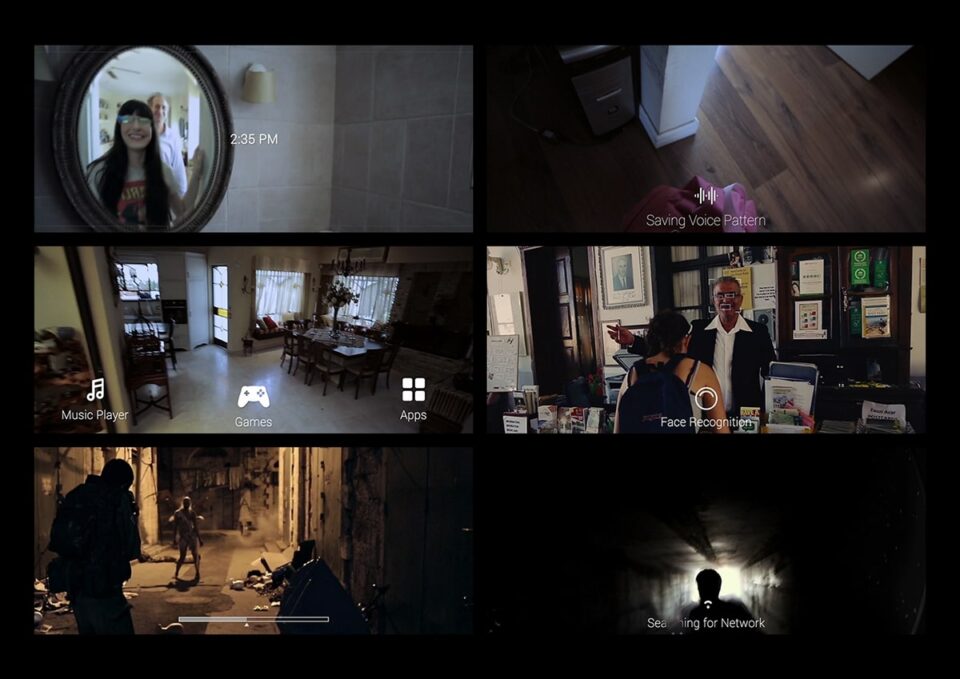
The Paz Brothers used the now-failed invention Google Glass to great effect in their 2015 breakthrough. JeruZalem is an immediate standout in found footage because it took the newest form of technology available at the time and set it loose inside the Old City of Jerusalem. Two American tourists, Rachel (Yael Grobglas) and Sarah (Danielle Jadelyn) find themselves in the middle of a demonic zombie outbreak. As they fight to survive, the entire siege is shown through the POV lenses of Rachel’s generic smart glasses.
JeruZalem was filmed on location, taking advantage of the juxtaposition of seeing ancient structures like the Damascus Gate overlayed with constant pop-up screens. The effect is disorienting and transfixing, simultaneously. The inclusion of smart eyewear should, honestly, be seen as a brazen attempt at product placement. Instead, because it’s incorporated into the found footage mold, it feels ingenious and original.
The filmmakers would have never been allowed to shoot a zombie film in such a holy place, so they resorted to low-profile, guerilla filmmaking. JeruZalem makes excellent use of the Google glass tech, especially in a scene where the facial recognition software links to a rotting zombie’s Facebook page. If that doesn’t sell you on the product, I’m not sure what will.
JeruZalem is available to watch now on VA Media’s Horror Central channel as part of their Valentine’s Day Sucks livestream with Dread.
Deadstream Takes Real-Time Vlogging and GoPro To Another Level
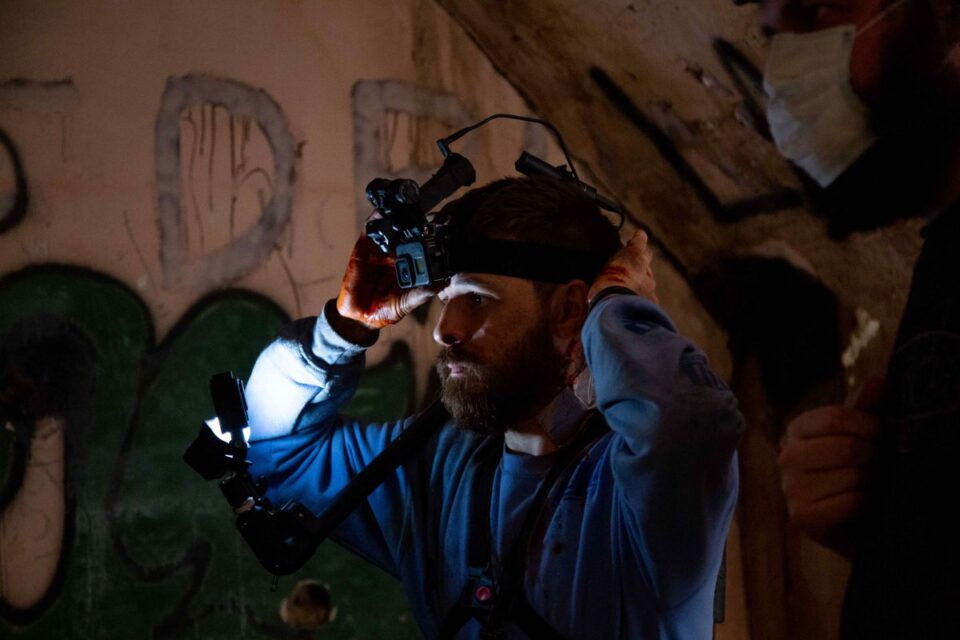
When I first saw (experienced, actually) Vanessa and Joseph Winter’s second-screen horror Deadstream at last year’s SXSW, it didn’t exactly blow me away. On the second viewing, the inventive setup and breakneck pace kept me completely captivated. The story follows Shawn, a recently disgraced YouTube content creator who risks his own safety to livestream his overnight stay at a haunted house. Shawn, who may or may not be a placeholder for Logan Paul—the maligned YouTuber who filmed a dead body in Japan’s suicide forest—risks life and limb to restore his rep. Getting more material than he wanted, Shawn is terrorized by a ghost that’s ready for its close-up.
The extensive camera set-ups depicting the horror in real-time, minute-to-minute, inject a propulsive jolt that never lets up. Arguably, GoPros have never been used to greater effect. The Wilsons also shot Deadstream during the pandemic, adding a sense of isolation and urgency. Based on the response from horror fans, Deadstream will be remembered for revitalizing the tropes of found footage and the tired haunted house formula in one fell swoop.
The Collingswood Story Introduces Screenlife Horror
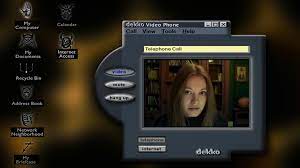
Released in 2002, director Michael Costanza’s The Collingswood Story has widely been acknowledged as the first true screenlife found footage horror film. While not technically found footage, screenlife entries such as Nacho Vigalondo’s Open Windows, Levan Gabriadze’s Unfriended, and Rob Savage’s Host have been incorporated into the new wave of the found footage subgenre.
While the story about a boyfriend gifting his girlfriend with her first webcam struggles to find a groove, The Collingswood Story set a trend that’s still relevant twenty years later. That kind of foresight seems almost prophetic, making Costanza’s spry 80-minute type and talk movie appear like a digital fortune teller.
Afflicted‘s Body Mount Camera Rig Was Game-changing
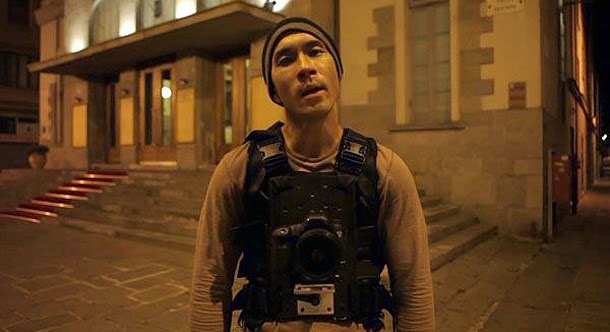
If Guillermo Del Toro’s Blade II was told in POV, it may have looked something like Derek Lee and Clif Prowse’s vampire action-horror hybrid Afflicted. Making an adventure travel vlog that turns deadly is nothing new, necessarily. It’s the use of body camera rigs that turn Afflicted into an exhilarating chase movie.
When Derek (playing himself) is bitten after a late-night dalliance in France, the body rig attached to him shows incredible footage of Derek discovering his new powers. The camera follows Derek leaping staircases, scaling walls, and racing down cobblestone streets. The action in Afflicted is unlike anything you’ve seen in found footage before or since. If it would have lit up the box office (and it should have), countless imitators would have followed.
Host and the Pandemic Zoom Boom
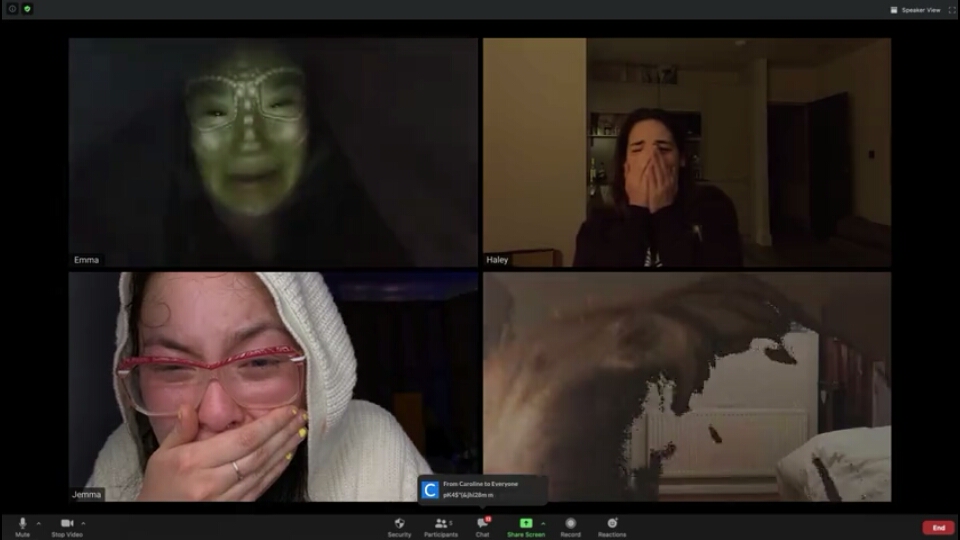
Rov Savage’s Host will always be associated with a certain time and place where horror fans (and the rest of the world) were all sheltered in place. The plot also proves that even when you can’t physically hang out with your friends, you can still come up with an incredibly bad idea together. Scheduling a meeting with a virtual psychic, a group of friends decides to hold a séance via a new cloud video conferencing system called (say it with me) ZOOM.
Instead of a fun distraction from the pandemic, they accidentally conjure up a demonic presence with the ability to travel through their home screens. Everyone was suddenly using Zoom, allowing Savage and his cohorts to use their VFX skills to great effect. In a genius move that pokes fun at the short running time of most found footage movies, Host stops right at the 60-minute mark because no one in the group has a Pro account. Zoom’s stock shot up during the COVID-19 crisis, and it’s a little surprising that Host, being the sensation that it was, didn’t hurt the share price a little.
Honorable Mention: The Xbox Kinect Sequence in Paranormal Activity 4 is Still Ridiculous
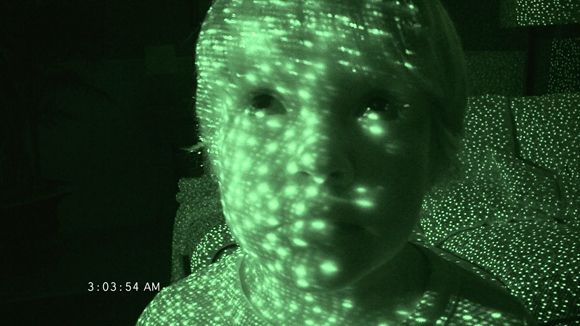
Yes. Discovering a ghost boy with green motion capture dots sounds, in theory, like a good idea visually. The Xbox Kinect technology tried its best to compete with the far superior design of the Nintendo Wii. It failed miserably, which is probably why Microsoft agreed to feature Kinect in the fourth entry (always a good sign) of a hit horror franchise. In any case, the X-Box Kinect scene in Paranormal Activity 4 will continue to age well precisely because it became outdated and obsolete almost immediately after Paranormal Activity 4‘s 2012 release date.
Tell us some of your favorite uses of technology in the found footage genre over on Twitter at Dread Central!
Categorized: Editorials News
